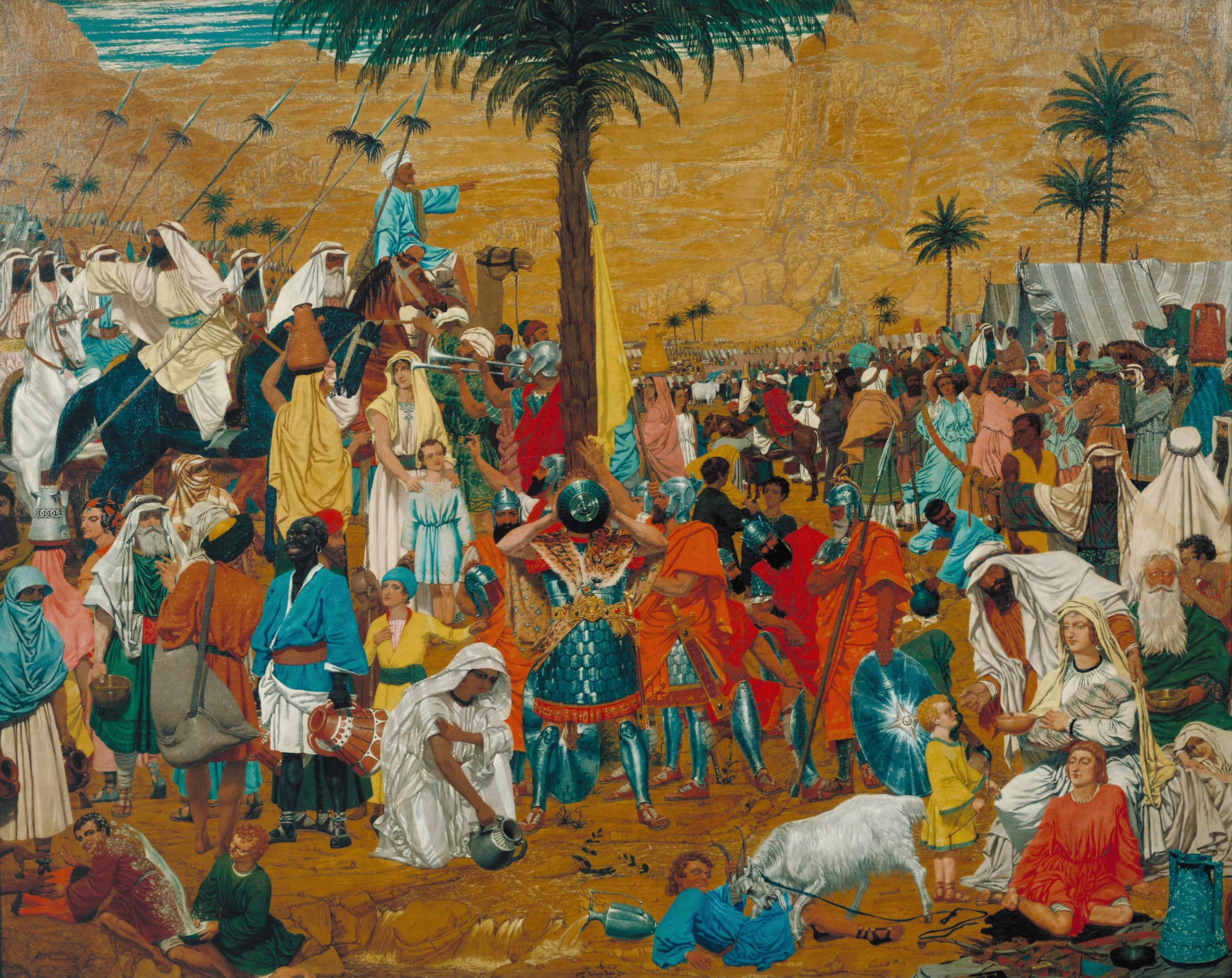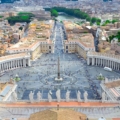The word exodus evokes images of movement, departure, and the search for something beyond the known. It is a word of weighty connotations—historical, spiritual, and literary—linking ancient migrations with modern journeys of self-discovery. From its etymological roots in Greek to its biblical significance and its resonance in pilgrimage and travel literature, exodus is a condition of being, a call to leave behind the familiar and step into the unknown.
Etymology: A Greek word for departure
The word exodus comes from the Ancient Greek ἔξοδος (exodos), which is composed of ἐξ- (ex-, meaning “out of”) and ὁδός (hodos, meaning “way” or “road”). Literally, it means “the way out” or “departure.” The term was used in Greek literature to describe exits, particularly in theatrical performances, and in historical contexts to denote large-scale migrations or escapes.
When the Septuagint (the Greek translation of the Hebrew Bible, circa 3rd–2nd century BCE) rendered the name of the second book of the Bible, it chose Exodos to signify the Israelites’ departure from Egypt—a title that would shape the concept of exodus in the Western imagination.
Biblical Exodus: From Egypt to the Transfiguration
Moses and the Great Departure
In the Book of Exodus, the term takes on profound historical and theological significance. The Israelites, enslaved under Pharaoh, embark on a dramatic escape under Moses’ leadership. The journey is fraught with hardship, miracles, and uncertainty—crossing the Red Sea, wandering the wilderness, and eventually receiving the Torah at Mount Sinai. The exodus is an act of liberation and a transformation: an entire people redefined by movement, by their time on the road toward a promised future.
This exodus is often seen as the defining pilgrimage of Jewish tradition, setting a pattern for spiritual journeys in later religious and philosophical traditions.
The Transfiguration and a different kind of exodus
The idea of exodus does not end with Moses. In the Gospel of Luke (Luke 9:28–36), during the Transfiguration of Jesus, an unusual word appears. As Jesus stands on a mountain with Moses and Elijah, discussing his coming fate in Jerusalem, the Greek text states they were speaking of his “exodus” (τὴν ἔξοδον αὐτοῦ), referring to his death and departure.
This moment reframes exodus as a transition—leaving one state of being for another, from life to death to resurrection. The theological implications are vast, but from a pilgrimage perspective, it reinforces exodus as both literal and metaphorical—whether through migration, spiritual transformation, or personal reinvention.
Exodus and pilgrimage: A road to transformation
Pilgrimage as an act of departure
At its core, pilgrimage is an exodus—a journey undertaken to leave behind the old self, enter a liminal space of travel, and return transformed. The medieval pilgrim setting off for Santiago de Compostela, the Buddhist monk walking toward Lumbini, the modern traveler seeking meaning in unfamiliar lands—all echo the structure of the Exodus story:
- Departure – Leaving behind the familiar, whether by choice or necessity.
- Wandering – Facing trials, doubts, and moments of revelation.
- Arrival (or the illusion of it) – Reaching a sacred site, a new state of mind, or realizing that the journey itself was the destination.
This pattern of exodus-as-pilgrimage appears in countless traditions, from the Hajj to the Camino de Santiago. Even secular journeys—those of refugees, migrants, or seekers of personal meaning—often take on an exodus-like shape.
On the Road: The Beat Generation and the modern exodus
The idea of exodus as a personal, often chaotic, pilgrimage is not confined to religious tradition. The Beat Generation, particularly Jack Kerouac, reshaped the exodus narrative for the 20th century.
Kerouac’s On the Road (1957) follows a restless search for freedom, meaning, and transcendence through constant movement. His characters, like Sal Paradise and Dean Moriarty, live in a perpetual state of exodus, abandoning societal norms, hopping freight trains, driving cross-country, and seeking something undefined.
Kerouac, influenced by both Catholic mysticism and Buddhist philosophy, saw the road as both physical escape and spiritual journey—a modern, individualistic pilgrimage where the only promised land was experience itself. Like Moses in the desert or Jesus walking toward Jerusalem, Beatniks lived in the in-between, embracing the liminality of the road.
For Kerouac, and for many others who followed, the modern exodus is internal as much as external—not necessarily fleeing oppression but seeking enlightenment, creative energy, or simply the sense of being alive.
The road ahead
The word exodus carries within it the very essence of pilgrimage—leaving, searching, becoming. From Moses leading people out of Egypt to the Transfiguration’s deeper departure, from medieval pilgrims to Kerouac’s restless wanderers, exodus remains a defining feature of human experience.
To embark on an exodus—whether spiritual, physical, or literary—is to embrace the unknown, to step onto the road without knowing exactly where it leads. And perhaps, as many have found, the road itself is the answer.





